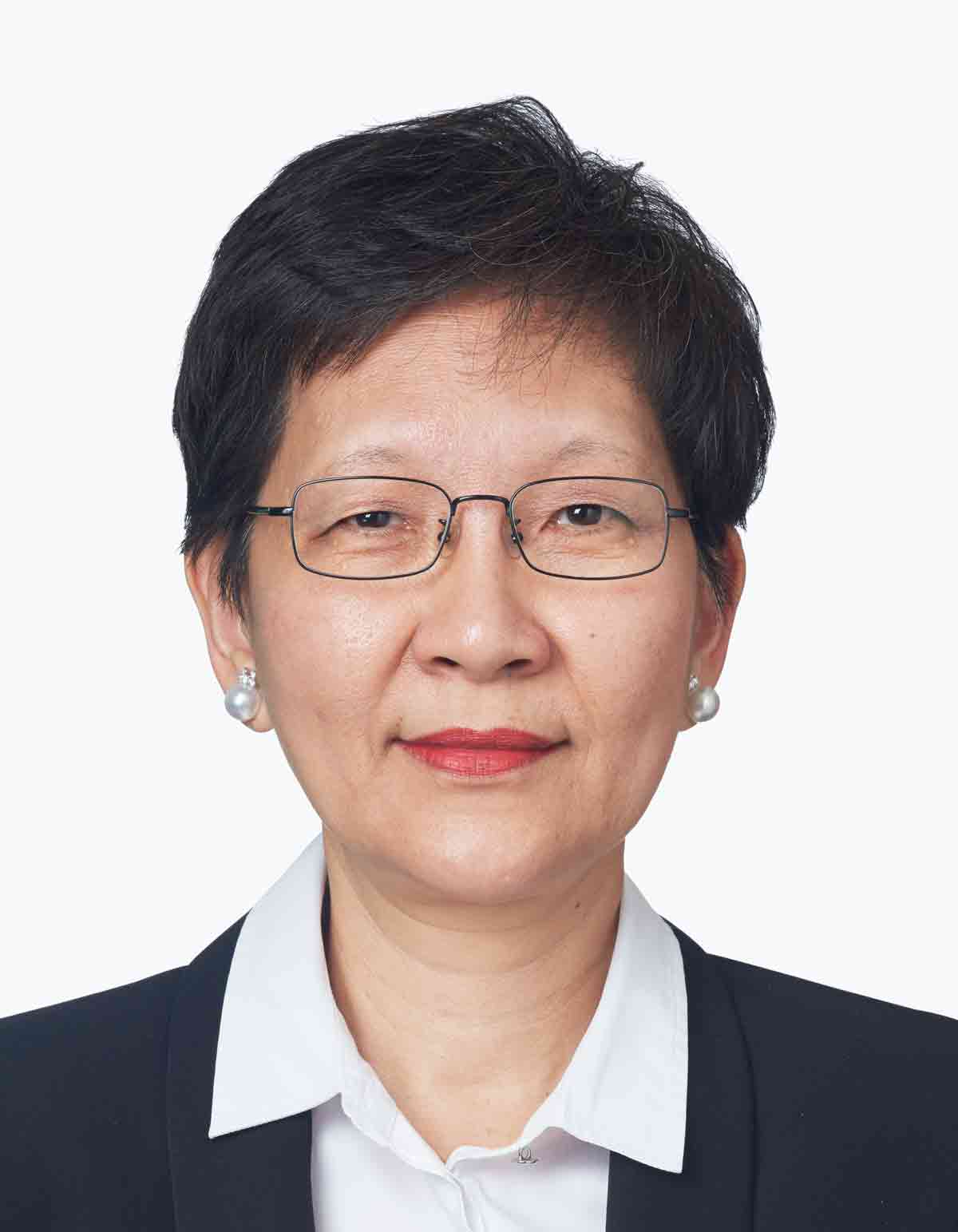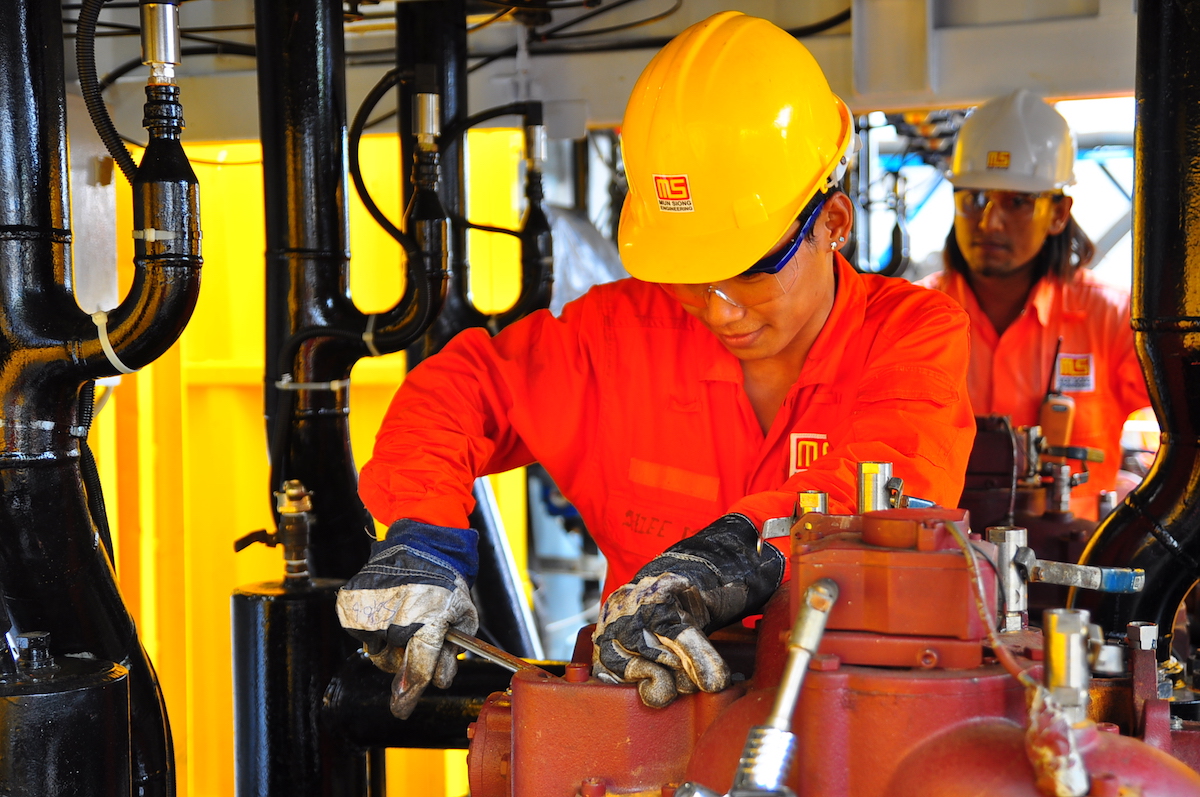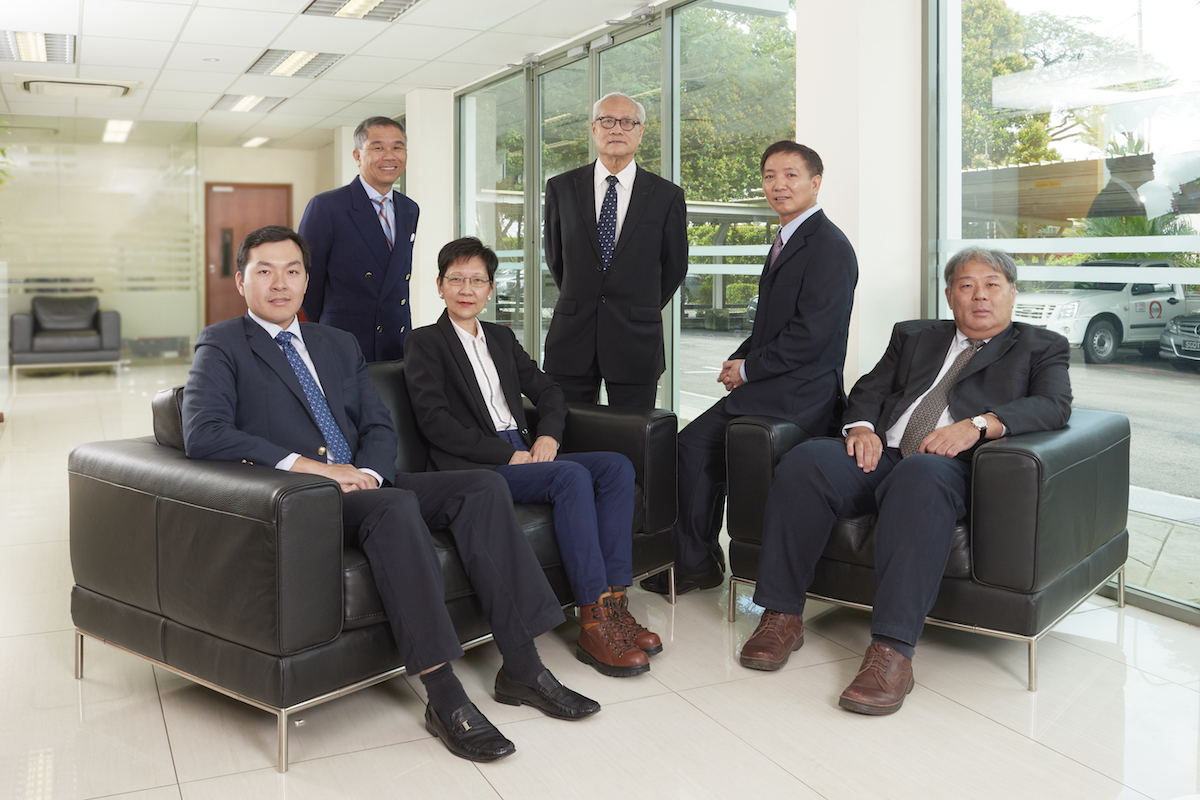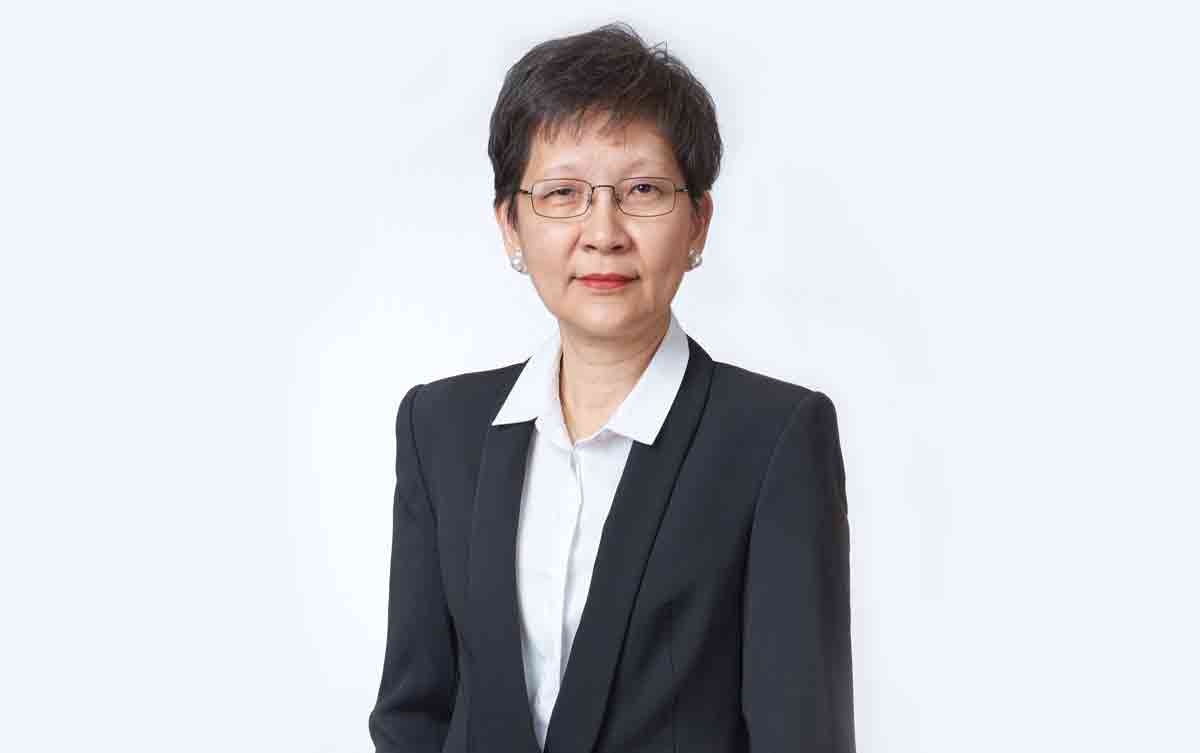Cheng Woei Fen, the Chairlady-cum-CEO of Mun Siong Engineering, explains to The CEO Magazine that one of the goals of the company is to “grow and change every decade for the better.” Nearly 50 years have passed since her husband, Quek Keng Siong, started a small, local construction firm that operated primarily on the island of Pulau Bukom, the site of Shell’s Singapore refinery. As she recalls how the business has developed since those early days in 1969, she admits that it “outgrew Pulau Bukom very quickly,” and in more than just a geographical sense.
Today, with a reach that extends throughout Singapore and across the region, and a scope of activities much broader than simply construction, Mun Siong Engineering has grown to become a leading turnkey service provider, specialising in an array of mechanical, electrical and instrumentation services for the oil and gas, petrochemical, energy, chemical and power industries.
A decade of transformation

The last decade in particular has been one of enormous transformation as Cheng, along with a board of directors that includes her son, Executive Director Quek Kian Hui, developed a strategic approach to keep pace with globalisation and technology. “We continue to equip ourselves to mechanise our services to achieve the desired level of productivity and safety,” she says. The changes can be felt across all aspects of the business.
“It has only been in the last 2 years that we have migrated to the cloud,” she continues, explaining that previously its entire email system was reliant on local, POP-based email services. “These rather antiquated systems meant that there was little communication between our sites, which gave each of them considerable independence. There is still a lot of work to be done, especially in terms of enterprise resource planning,” she concedes, “but what we are trying to achieve is operational uniformity across the entire business.”
Productivity & safety innovations
Cheng is focused on vertical integration as the company implements a new management style, one that is entirely linked into its new IT systems. “We have moved away from the traditional management style where various business units would operate as an individual silo with a lot of autonomy,” she explains. “Now we believe in harnessing data to drive both our productivity and resource planning. We can look at historical norms to optimise our operations and become much more project-driven,” she says.

She also believes this will significantly reduce excess manpower across all its sites. With productivity-related innovations one of the most important trends Cheng identifies in the industry today, this is especially important. “Singapore is quite focused on increasing the productivity of the labour force,” she says, making no secret of the fact that hiring and retaining what she calls “our direct workforce, such as welders, general labourers, foremen,” is an ongoing challenge for both Mun Siong Engineering and the industry as a whole. “We are really studying how we can implement more mechanised equipment to implement best practice and reduce the number of workers required on site,” she says.
Safety innovations, which Cheng says are “commonplace in the industries where we operate in the US and the EU, but relatively new to South East Asia,” are also being rolled out. “There is a complete range of new technology that we are introducing,” she explains, using innovative automated hydrojetting equipment that allows the operator to remotely control a high-pressure water jet as an example. “In our field, hazards are a reality we handle every day, with respect. This new equipment reduces the risk exposure,” she continues.
Open to change
When asked where she would like to see Mun Siong Engineering in another 50 years, Cheng admits that one factor in particular makes it difficult to judge. “I’m not sure how we will look in 50 years because I’m not sure how Singapore itself will look in 50 years.” An emphasis on service and finance, coupled with a younger generation of white-collar employees, are 2 key changes Cheng can already see in the country.

I’m not sure how we’ll look in 50 years because I’m not sure how Singapore will look in 50 years.
“But we are now operating in a global market that is not only ever-changing but the pace of change is increasing,” Cheng says. She believes it is crucial that Mun Siong Engineering maintains a flexible approach – a characteristic that has become somewhat of a business hallmark. “I think in terms of companies that are our size, we are relatively early adopters of trying to change our systems.”



